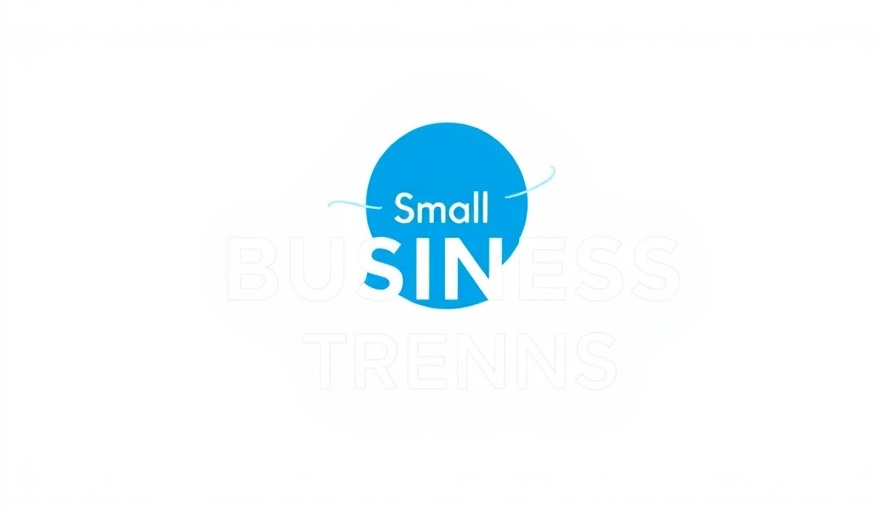
Unlocking Opportunities with Raleigh's Building Up-fit Grant Program
The City of Raleigh has initiated the fourth and final round of applications for its Building Up-fit Grant program for the 2024–2025 cycle. This initiative, which runs from April 3 to April 27, 2025, aims to empower small business owners to make crucial interior improvements to their commercial properties. The projected impact? Enhanced job creation and the revitalization of previously underused spaces throughout the city.
Who Can Apply and What to Expect
The Building Up-fit Grant is designed specifically for small business owners with 49 or fewer employees who occupy the space undergoing improvements. This formatting excludes franchises and businesses operating outside Raleigh. To begin the process, applicants must first fill out a preliminary form to assess their eligibility, followed by a formal application delivered via email if they qualify.
Eligible Improvements That Make a Difference
The potential for economic development through this program is significant. Eligible projects include enhancements to HVAC systems, plumbing, interior structures, and energy-efficient upgrades. Not only does this funding partly offset construction costs (up to 50%); it promotes the transformation of spaces like converting a vacant building into a bustling office or adapting an old warehouse into a trendy restaurant. These improvements do more than renovate; they invigorate the community.
Funding and Restrictions: What You Need to Know
Each commercial property is limited to two grants per year, creating a structured approach that ensures many businesses can benefit. However, applicants must note that certain types of work—such as simple redecorating or signage—do not qualify. This lends a focused intent to the program, ensuring it genuinely uplifts local economies by funding substantial improvements rather than superficial changes.
Understanding Priority Areas and Additional Support
Raleigh prioritizes projects within designated Economic Development Priority Areas, offering enhanced funding terms to businesses within those zones. For those looking for exterior improvement grants, Raleigh also provides a Facade Rehabilitation Grant, potentially aiding projects that require both internal and external upgrades. This comprehensive approach to funding encapsulates the city's commitment to fostering a vibrant small business community.
Why This Program Matters Now
In a post-pandemic economy, local businesses need all the support they can get. This grant program serves as a lifeline, allowing entrepreneurs to invest in their facilities without taking on crippling financial burdens. By understanding and utilizing resources like the Building Up-fit Grant, small business owners can strengthen their foundations, ultimately leading to enriched local economies and job creation.
Conclusion: Seizing the Opportunity
For interested applicants, now is the time to act. With the deadline approaching at the end of April, gathering information from Raleigh's official resources is crucial. The community is evolving, and local businesses have a chance to play a pivotal role in this transformation.
 Add Row
Add Row  Add
Add 

 Add Row
Add Row  Add
Add 



Write A Comment